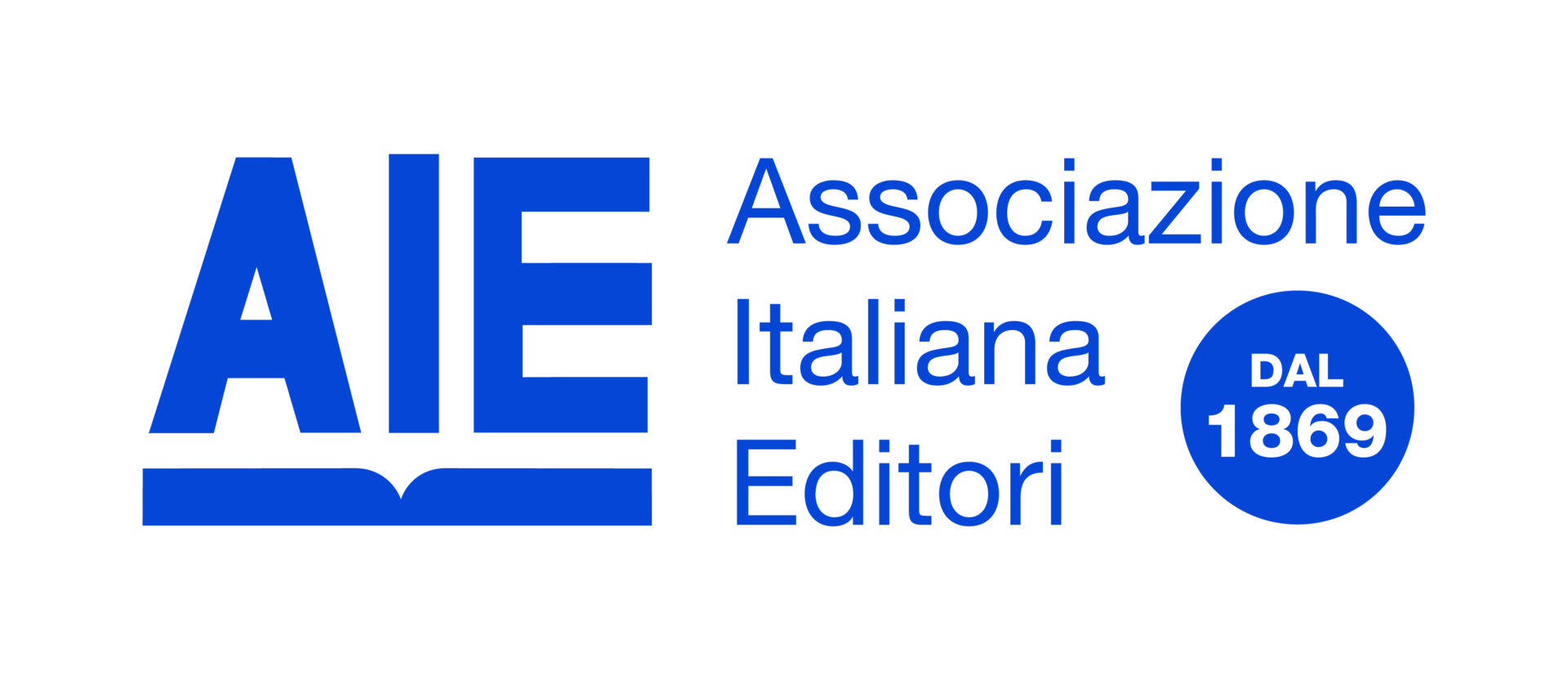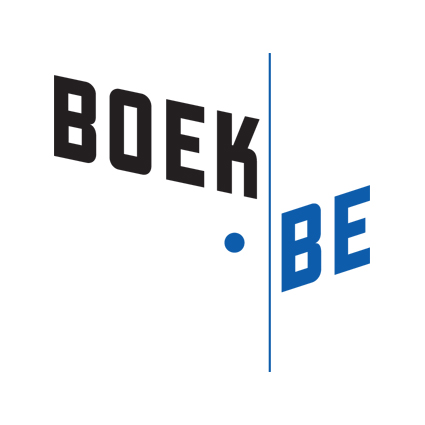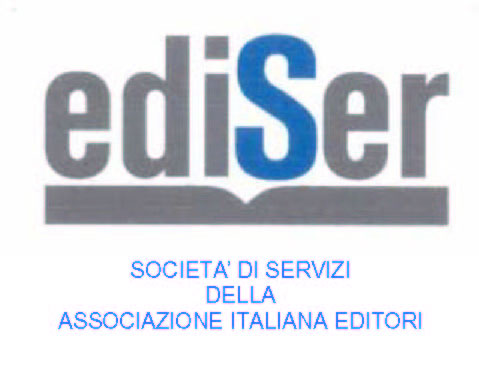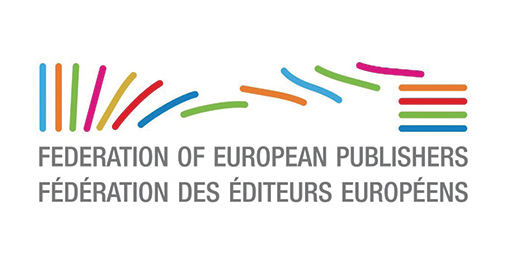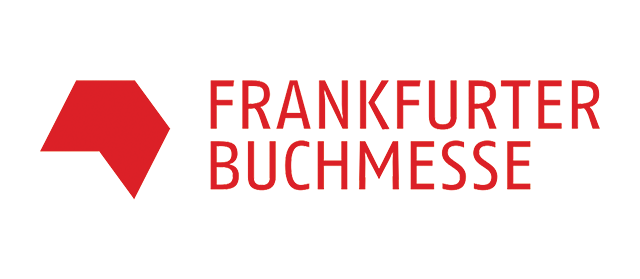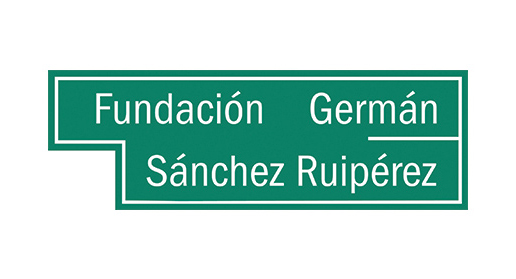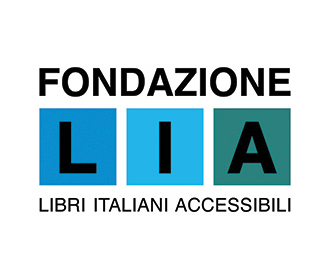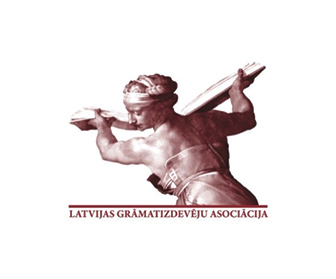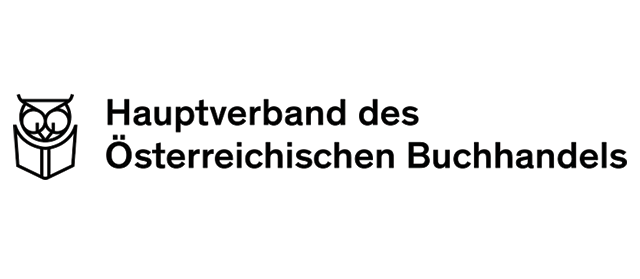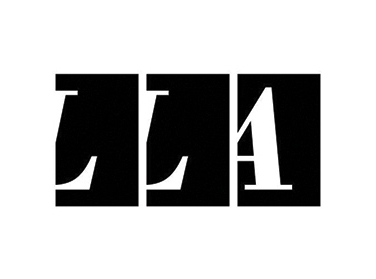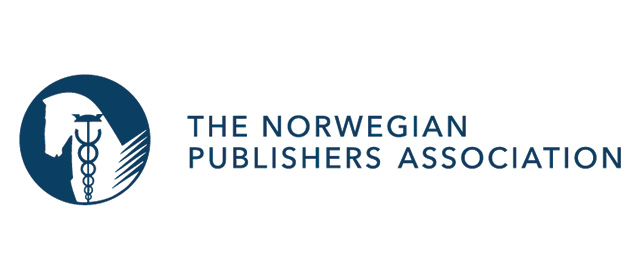Towards a unified methodology – An overview of existing surveys on reading habits in Europe
Reading is the key topic of a large number of different surveys throughout Europe. But while there is plenty of data on reading habits it is often difficult to compare the individual results and to put them into perspective. This is not only due to the fact that the surveys focus on various topics in the field of reading, but – more importantly – because they follow different methodological approaches. To address this issue, one of the objectives of Aldus Up is the development of a unified methodology for surveys on reading habits as well as the implementation of a pilot survey evidencing its operativeness. The aim is to allow for a better comparability of the results of future surveys between the individual European countries and in this way obtain a comprehensive overview of the development of reading across Europe.
As a first step in this direction, the “Survey on reading habits in Europe: state of the art” was carried out by the Norwegian Publishers Association (NPA) with the support of the Foundation Germán Sánchez Ruipérez under the coordination and with the contribution of the book studies department of Johannes Gutenberg University Mainz (JGU). The network of the Federation of European Publishers (FEP) gave a valuable support to access the sources.
Online survey
The explorative survey in form of an online questionnaire was undertaken in February and March this year in order to gain insights on the methodological approaches adopted by already existing surveys in Europe. Together with information implemented by an additional desk analysis, data on a total of 24 surveys on reading habits from 20 European countries was evaluated: Austria, Belgium, Bulgaria, Czech Republic, Finland, France, Hungary, Italy, Latvia, Lithuania, Poland, Portugal, Romania, Slovenia, Spain, Sweden, the Netherlands and, outside the EU, the UK, Norway and Turkey
The results of the survey are little surprising: as anticipated they show a diverse picture with differences in both the general methodological approach concerning the data collection and the composition of the sample on the one hand and the use of the actual variables measuring reading habits on the other hand.
Initiators
The initiators of the surveys on reading habits are generally made up of three main groups – namely different governmental organisations followed by industry organisations and non-governmental organisations. The data collection for the surveys is either conducted by the organisations themselves or assigned to external market research companies.
Frequency
A broader heterogeneity can be found when looking at the frequency of the surveys: while the majority is conducted in regular time intervals ranging from as little as three months up to five years – with yearly evaluations being the most common – about a third of the surveys is carried out on an irregular basis with the last available data sometimes dating back several years. Considering the annotations made by some participants, this circumstance – as well as the total absence of surveys on reading habits in a few countries – can usually be attributed to the lack of financial or human resources.
Data collection and presentation
The same applies to the methods employed for the data collection which can be divided into two categories with personal interviews as the most and questionnaires as the less frequently used form. Apart from that, some surveys also implement a mix of methods. By doing so they are able to reach a more diverse range of participants from different sectors of the society and, for example, do not exclude older people without access to the internet.
Another factor which might hinder the access to and therefore the use and comparability of the collected data of reading surveys on a broader international level is that the results are generally only published in the local language of the respective country. Only in three cases the results or at least a detailed summary are made available in English as well.
Sample
A high discrepancy can also be depicted in terms of the sample size extending from several hundred to way over 50,000 participants in exceptional cases. Nevertheless, all of the surveys are considered representative for the population – or parts thereof in the case of surveys especially focusing on children – of the corresponding country. To allow for a comparison between different parts of the population socio-demographic variables such as age, gender, place of residence, education level and socio-economic status are inquired with the former two being the most widely used.
Reading variables
Regarding the measurement of the actual reading behaviour the surveys implement a great variety of variables which depend on the specific aim of the individual survey. A survey comparing reading to other forms of media use or leisure time activities of course includes other variables than a survey examining the reasons for children’s reading habits. Variables that are applied by a majority of the surveys are the quantity of the material read, the general frequency of reading and the format of the material read.
Book formats
When focusing on reading books in particular, the most common format the surveys on reading habits ask for are print books followed by ebooks and – in half of the cases – audiobooks, though it can be seen as arguable if listening to audiobooks should be considered reading as well. The various formats are usually looked at separately either by forming single categories or – less often – by adding further questions about one specific format like ebooks. Furthermore, some of the surveys concentrate on leisure time reading and especially exclude certain types of books such as schoolbooks or university textbooks.
Definition of reading
A key question when looking into surveys on reading habits is what exactly is subsumed under the term reading as reading not necessarily is limited to reading books of any kind. While a third of the surveys refer to this narrow definition of reading, half of them also view reading newspapers or magazines as reading and another third includes reading websites or on social media.
Next steps
Taking into consideration the findings of the conducted survey, the next step towards the development of a unified methodology for surveys on reading habits in Europe is to create the above-mentioned pilot survey. Before deciding on the actual methodological approach and parameters like the way of the data collection, the composition of the sample and the key variables it is important to address the definition of reading which should be applied as this largely influences the design as well as the outcome of future surveys on reading habits. Therefore, a discussion paper regarding this topic will be produced and shared with various stakeholders from industry, authorities and academia to receive additional input from different points of view.
Download the “Survey on reading habits in Europe: state of the art”




